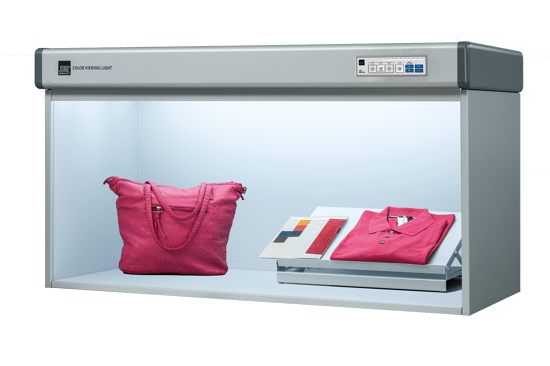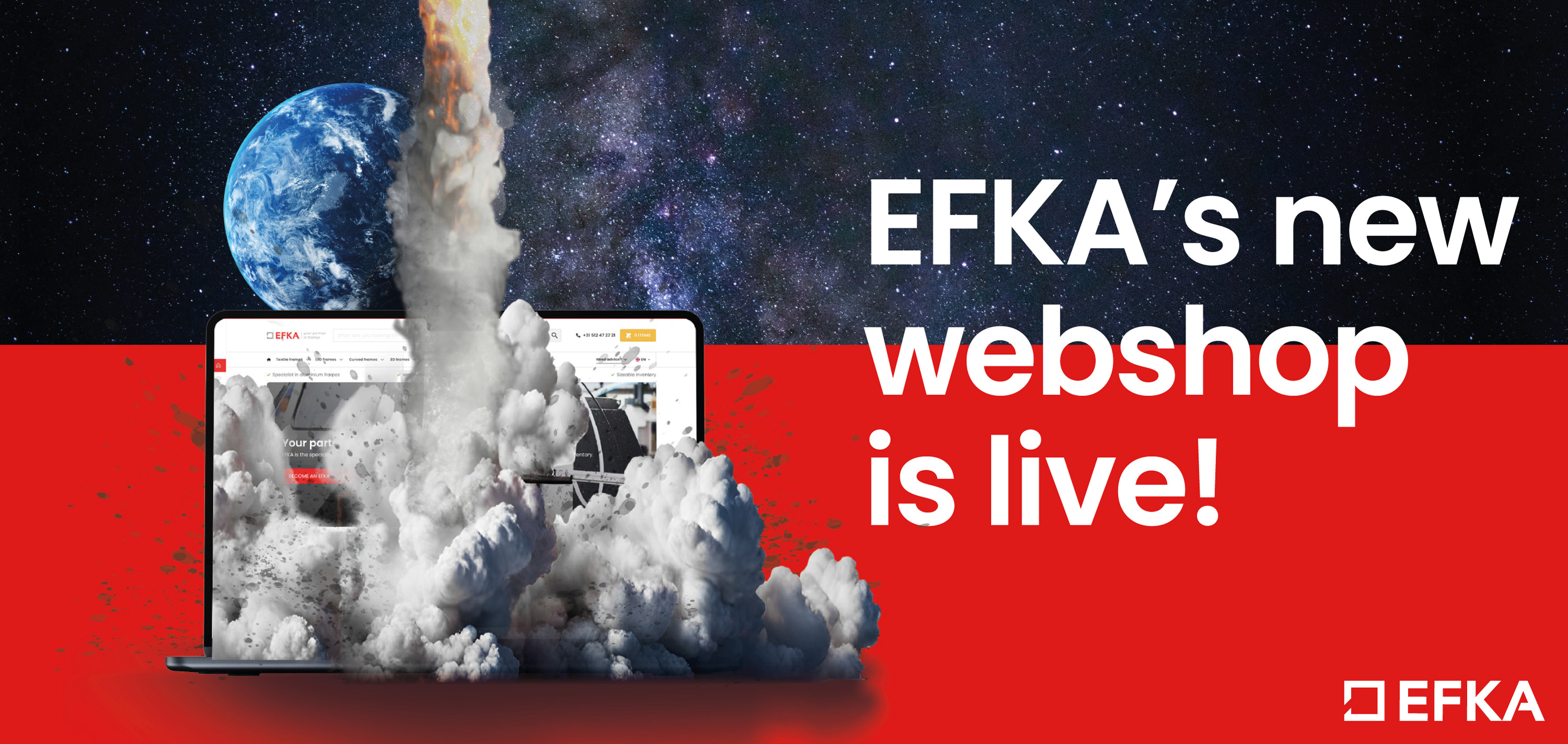Partnering and sustainability

Partnering is at the heart of sustainability, whether it’s joint projects with customers or in production or in project development. For the most part project development means taking on a technology such as a printing press and helping its developers to refine their invention so that it is fit for purpose. Money only changes hands when everyone is happy.
It can be a little risky, but this sort of extended alpha testing works well for hardware and software, and even for materials. However we are starting to see more partnerings in other parts of the supply chain too. The latest trend is for substrate developers and recycling outfits to work together.
The target for the hype is of course print customers and their service providers. Brand owners looking to burnish their sustainability credentials are naturally drawn to substrates that can be recycled. Hence the increased number of recycling partnerships. From the sustainability perspective this is obviously a good thing, however it is important to keep in mind the commercial dimension to partnering, because without it there would be no noble greening efforts.
Some questions come to mind with guarantees that for instance a PVC-free material will not end up in landfill. If that is the case, then where will it end up? The usual answer is in an incinerator where ideally it will be converted into heat, but not necessarily. The other question to ponder is how such a claim can be made, unless there is total, closed loop control over the waste collection, sorting and incineration processes. These activities may carry a heavy weight in terms of transport emissions, and in the end up could be worse than sending materials to landfill.
Niche waste stream processors specialise in transforming materials into energy, upcycling them, using them in other products, or in some other way contributing to the circular economy. However, the question must always be asked: is the effort more or less likely to yield a positive environmental impact. A closed-loop set up and claims of accreditation might not be as environmentally sustainable as they seem, even if they do put a shine on the credentials of printers and their customers. What is required is integrated infrastructure development at municipal level that includes waste prevention in the first place and ensures that critical raw materials can be easily sorted, collected and processed.
Source Information: This article was produced by the Verdigris Project, an industry initiative intended to raise awareness of print’s positive environmental impact. This weekly commentary helps printing companies keep up to date with environmental standards, and how environmentally friendly business management can help improve their bottom lines. Verdigris is supported by the following companies: Agfa Graphics, EFI, Fespa, Fujifilm, HP, Kodak, Miraclon, Ricoh, Spindrift, Splash PR, Unity Publishing and Xeikon.
Topics
Interested in joining our community?
Enquire today about joining your local FESPA Association or FESPA Direct
Recent news

Standard lighting conditions for wide format printers and their many markets
Paul Sherfield shares the various standard conditions that are required for wide format printers as colours can appear differently dependent on the differing types of lighting and environments.
_compromised.jpg?width=550)
EFKA launches new fully integrated webshop
EFKA, a leading producer and European market leader in aluminum textile frames, announced the launch of its new webshop that is fully integrated into the website and offers numerous advantages for customers.

How interactive print can help brands connect with potential customers
Interactive print is becoming an increasingly important feature for marketers as they seek to capture the attention of the modern consumer. Here, Rob Fletcher highlights some of the ways print can help brands connect with people while out and about.

What does Artificial Intelligence mean for the Design and Print Industry
Today, Artificial intelligence is already built into many products even though at times it is not noticeable. Looking towards the future, the growing presence of AI will change the design and printing industry forever. Sonja Angerer shares how you can successfully future-proof your business.